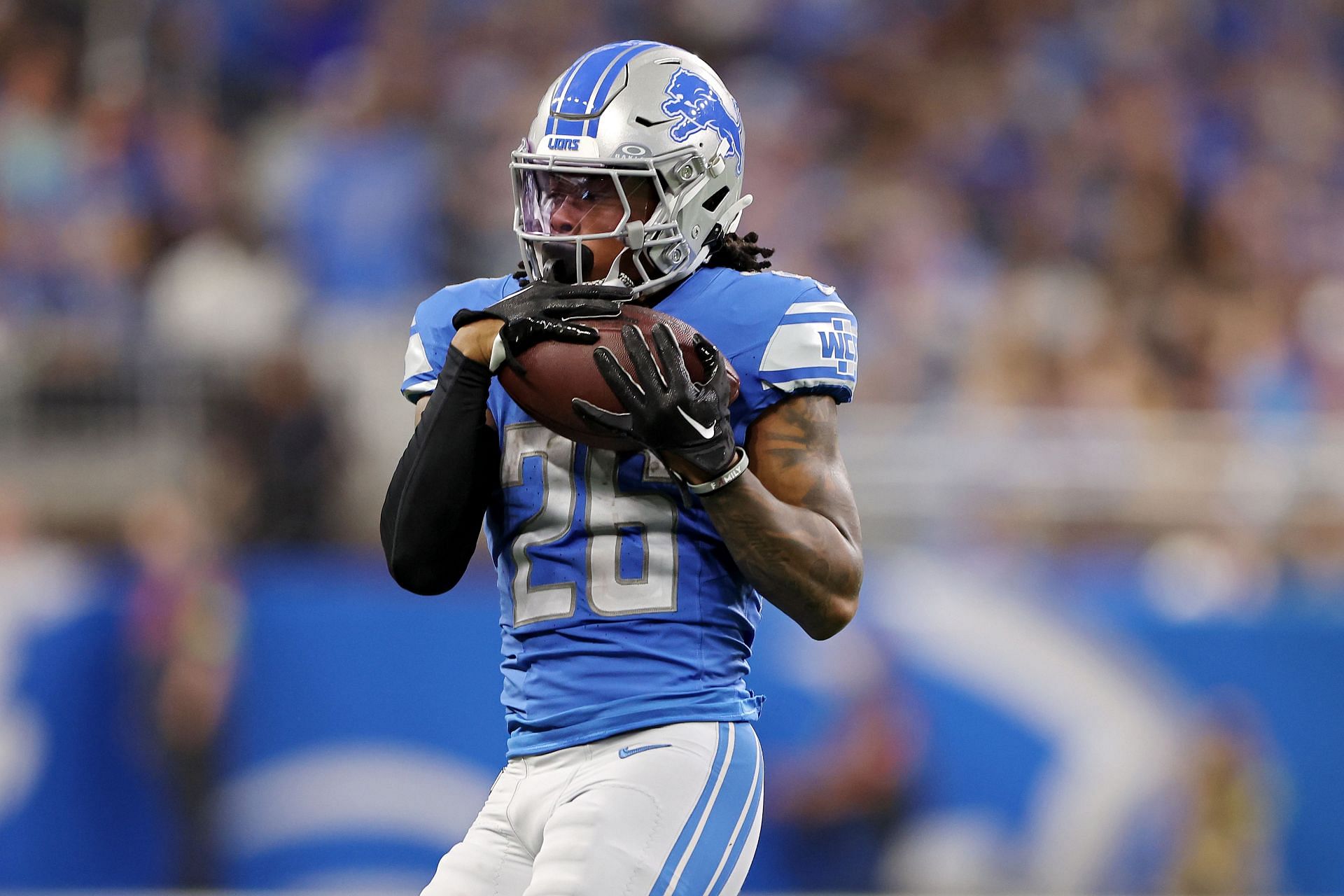Understanding Gibbs Injury

A Gibbs injury, also known as a “fracture-dislocation of the distal radioulnar joint,” is a severe wrist injury involving the radius and ulna bones. This injury is characterized by a fracture of the distal radius (the lower end of the radius bone) and a dislocation of the distal radioulnar joint (the joint where the radius and ulna meet at the wrist). This complex injury can significantly impact wrist function and mobility.
Anatomy Involved in a Gibbs Injury
The distal radioulnar joint is a crucial joint in the wrist, enabling rotation and movement of the forearm and hand. This joint is formed by the articulation of the distal ends of the radius and ulna bones. The radius bone, located on the thumb side of the forearm, has a rounded knob-like structure at its distal end called the “radial styloid process.” The ulna bone, on the pinky finger side of the forearm, has a pointed projection at its distal end called the “ulnar styloid process.” These processes are essential for stabilizing the wrist and providing a smooth gliding surface for forearm rotation. In a Gibbs injury, the fracture of the distal radius often occurs near the radial styloid process, while the dislocation affects the articulation between the radius and ulna.
Causes and Risk Factors
Gibbs injuries are typically caused by high-impact forces, such as falls onto an outstretched hand or direct blows to the wrist. These injuries are common in athletes involved in contact sports like football, rugby, and basketball. However, they can also occur in non-athletic individuals due to falls or accidents. Certain risk factors can increase the likelihood of a Gibbs injury, including:
- Age: Older adults are more prone to osteoporosis, a condition that weakens bones and makes them more susceptible to fractures.
- Osteoporosis: This condition weakens bones, increasing the risk of fractures, including Gibbs injuries.
- Previous wrist injuries: Prior injuries to the wrist can weaken the surrounding ligaments and bones, making the area more vulnerable to further injury.
- Certain occupations: Jobs requiring repetitive wrist movements or heavy lifting can put extra stress on the wrist, increasing the risk of injury.
Treatment and Management: Gibbs Injury

The management of a Gibbs fracture involves a multidisciplinary approach, aiming to restore stability, reduce pain, and improve functionality. Treatment options range from conservative management to surgical intervention, tailored to the severity of the injury and individual patient factors.
Conservative Management, Gibbs injury
Conservative management strategies are typically employed for less severe Gibbs fractures, focusing on pain control, immobilization, and rehabilitation. These strategies aim to promote healing and restore function without resorting to surgery.
- Pain Management: Non-steroidal anti-inflammatory drugs (NSAIDs) are often the first-line treatment for pain relief. In some cases, stronger analgesics, such as opioids, may be required.
- Immobilization: A cast or splint may be used to immobilize the affected joint and prevent further injury. The duration of immobilization depends on the severity of the fracture and the individual patient’s healing process.
- Rehabilitation: Once pain and inflammation have subsided, rehabilitation exercises are initiated to improve range of motion, strength, and coordination. This may involve physical therapy, occupational therapy, and home exercises.
Surgical Intervention
Surgical intervention is considered for more severe Gibbs fractures, where conservative management has failed or when there is significant instability or displacement.
- Open Reduction and Internal Fixation (ORIF): This procedure involves surgically exposing the fracture site, reducing the displaced bone fragments, and stabilizing them with implants, such as screws or plates. ORIF aims to restore anatomical alignment and provide stability for healing.
- Arthrodesis: In cases of severe instability or arthritis, arthrodesis, or joint fusion, may be performed. This procedure involves surgically fusing the joint, eliminating movement and pain.
Injuries are a common occurrence in professional sports, and the impact of such setbacks can be significant for athletes. One such instance is the injury sustained by Jahmyr Gibbs, a promising young player in the NFL. The nature and severity of Gibbs’ injury, which can be explored further in this article on jahmyr gibbs injury , will undoubtedly affect his career trajectory.
The rehabilitation process and subsequent performance will be crucial factors in determining his long-term success in the league.
The recent injury to Gibbs has raised concerns about the team’s offensive capabilities, particularly with the justin jefferson injury looming over the team’s success. While the Vikings have a solid backup plan, the absence of both players could significantly impact their ability to maintain their offensive momentum throughout the season.
The team’s performance in the coming weeks will be a crucial indicator of their resilience and adaptability in the face of these injuries.
